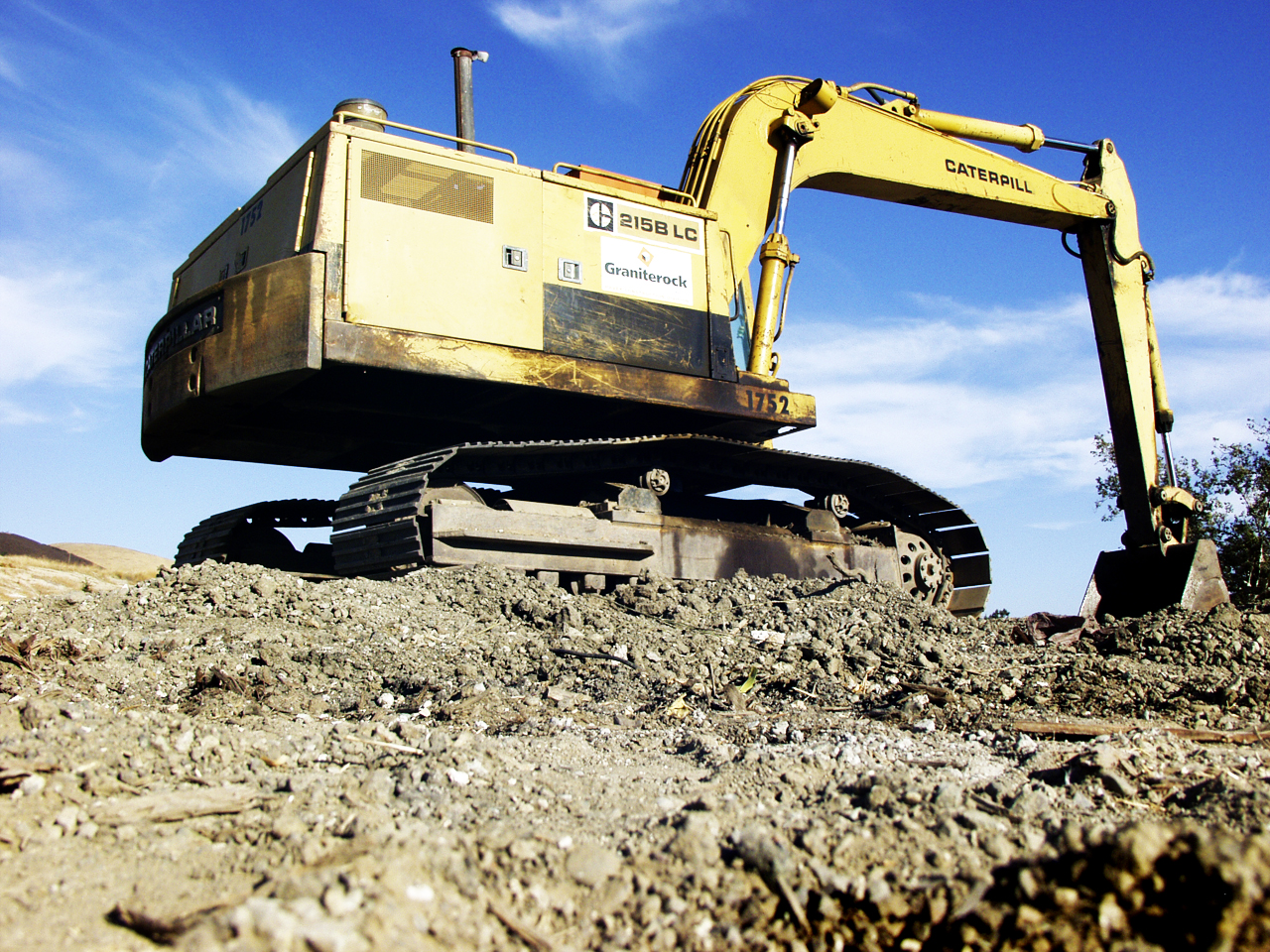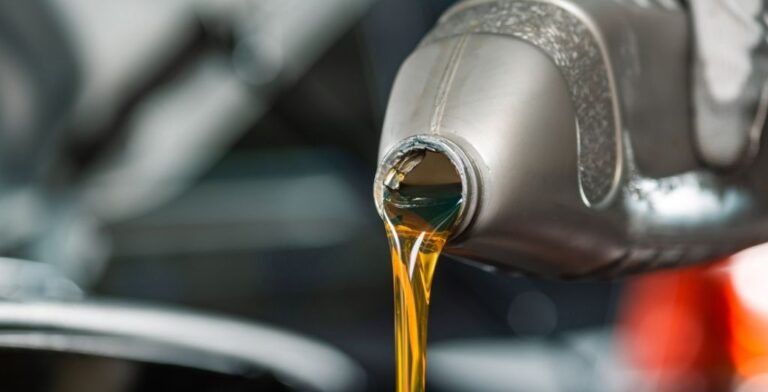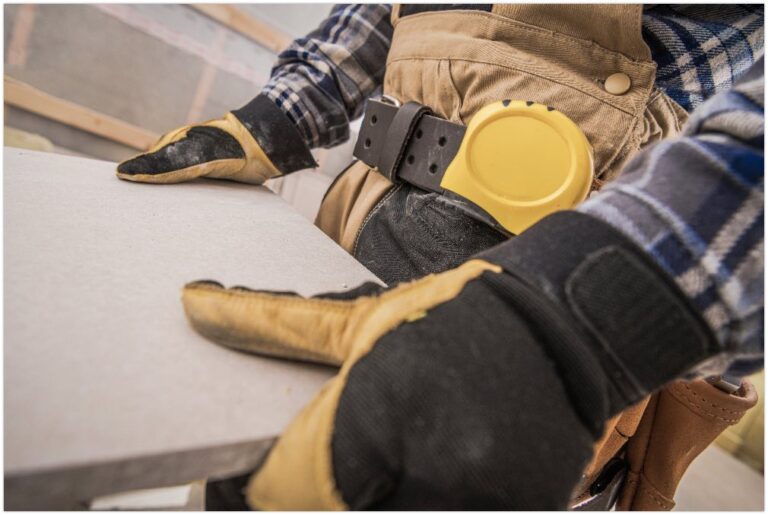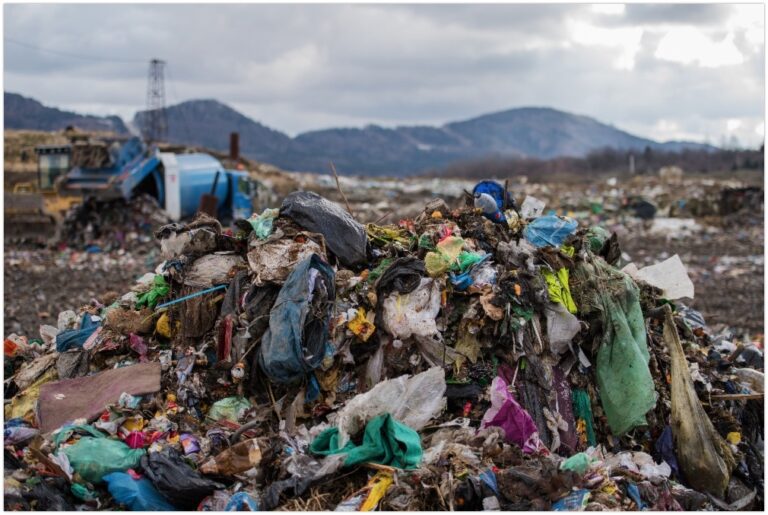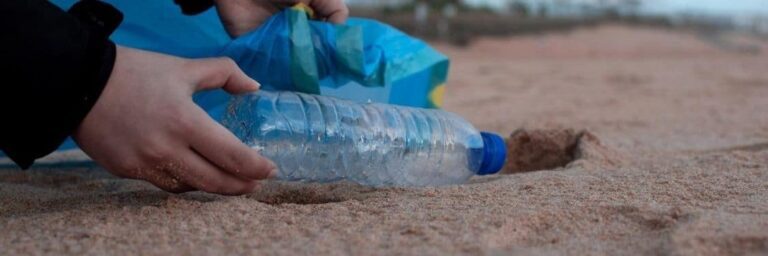Sydney is one of Australia’s cities with a fast ride toward modernisation. The current rate of metropolitan area expansion requires the development of public transport frameworks, such as metro, train, and tunnels. That also led to the construction of commercial buildings, the expansion of factories and the allocation of area for new residential buildings. Such advances have resulted in large amounts of rubbish from the excavation that needs to be properly dealt with.
Excavation is important in the construction phase before constructing a building, reservoirs or roads, since it establishes an underground foundation in a project. It includes the process of earthworks, trenching, wall shafts, tunneling, and underground excavation which allows for exploration, environmental preservation, mining , and construction.
However, excavation has a counterpart when it comes to construction. Excavation rubbish is the result of every quarry operation in Sydney. The rubbish includes soil waste (VENM and ENM), sediment, or tailings that are very harmful to the environment if left disposed of anywhere.
The chemicals present in the spoiled soil may harm the water, the soil where the waste is dumped, plants and other living things. That is why there are rules and procedures to be considered before dealing with excavation rubbish. Here is the process on how to deal with excavation rubbish in Sydney.
Excavation Rubbish Management Plan
For each project, an excavated waste management plan is a necessity. The aim of this is to prevent the excavation rubbish from becoming a complete waste. If soil is handled properly, some portion of the excavation rubbish may be recycled and reused. The management plan will be achieved by carefully designing a site’s existing topography to avoid the need for cutting and filling, as well as developing a balanced cut and fill plan to minimise waste transport.
Classifying and Segregating Soil
Whenever soil is relocated from one property to another, it must be classified in accordance with the NSW EPA Waste Classification Guidelines prior to transport. Classification is based on the degree of soil contamination, and soil’s physical and chemical properties. Soil classification affects where it can be transported for disposal.
In some circumstances, the soil may be recycled or used on another site provided the soil is of a suitable condition. The possible soil classifications are Special Waste (Asbestos Waste), Hazardous Waste, Restricted Solid Waste, General Solid Waste, Excavated Natural Material (ENM), Virgin Excavated Natural Material, or material subject to a General Resource Recovery Order and Exemption or a Specific Reuse Order and Exemption.
Excavation Rubbish Recovery
The recovery rate of the excavated materials depends on the classification of soil. As for 2 common types of excavation rubbish – the Excavated Natural Material (ENM) or Virgin Excavated Natural Material (VENM), they are mostly classified as General solid waste (non-putrescible).
Excavated Natural Material (ENM)
ENM are naturally occurring rock and soil (including materials such as sandstone, shale, clay and soil). It is excavated from the ground that contains at least 98 per cent (by weight) natural material and does not meet the definition of Virgin Excavated Natural Material (VENM). Hence, ENM does not include material that has been processed or contains acid sulphate soils or potential acid sulphate soils.
Excavated Natural Material can be reused off-site provided all conditions attached to the EPA’s resource recovery order and exemption are complied with. ENM, by its nature, can be reused easily. Weed-free topsoil may be stockpiled and reused on batters or in landscaping and revegetation works. ENM may be sent off-site to a place that can legally accept this material for reuse or reprocessing. To facilitate future reuse, ENM should not be mixed with any other types of waste.
Virgin Excavated Natural Material (VENM)
The Protection of the Environment Operations Act 1997 (POEO Act) describes Virgin Excavated Natural Material (VENM) as natural material such as clay, gravel, sand, soil or rock fines. VENM are quarried from areas that are not polluted with manufactured chemicals, or with process residues as a result of industrial, commercial, mining or agricultural activities, and that doesn’t contain any sulfidic ores or soils or any other rubbish.
If the definition of VENM is met, it can be reused on or sent off-site that legally reprocesses the material without prior testing. The same with ENM, VENM can be reused easily. It can be used for revegetation and landscaping. It shouldn’t be mixed with other types of waste to reuse it in the future.
Transport and Disposal
Both ENM and VENM may be transported to any waste facility for as long as it has a license in accepting ENM and VENM. You can ask for a copy of the environmental protection license of the facility or the public license registry of the EPA to ensure that the facility’s license specifies that it will accept ENM and VENM before transporting the excavation rubbish to a waste facility.
On the other hand, if you prefer disposing of ENM and VENM off-site to a private or publicly owned site, you must issue a copy of the proforma letter and Section 143 Notice in accordance with Environmental Direction No: 20 to the landowner. The landowner must complete, sign, and return the 143 Notice to Roads and Maritime Services before transportation of the waste to the landowner’s location.
The landowner must have written proof that the local council or planning consent authority has provided legal consent stating that the excavated rubbish can be legally disposed at the landowner ‘s site.
Waste Tracking
The contractor should establish a waste tracking system that monitors all excess soils from the point of generation to treatment or disposal. A licenced facility of Waste Tracking System must keep a record of the amount and type of waste produced, stored, treated or disposed of, name of the transportation registration number, transportation date and name and the location of the facility where the excavation rubbish is transported.
Conclusion
Excavating is a long process and is very complex. There are so many rules to observe to have safe disposal of excavation rubbish. Through following the EPA rule on waste management, contamination on water, soil and in other living things can be avoided. Having knowledge about how excavation rubbish is being dealt with, site managers may want to call an excavation rubbish removal company or disposal company to be hassle-free.
At Paul’s Rubbish Removal, our expert team can help on how to deal with the excavation rubbish—ensure that the disposal of excavated soil would be handled expertly, and there will be no harm done. For more information about our excavation rubbish removal services, call us at 0407 125 125 or send us an email here.
